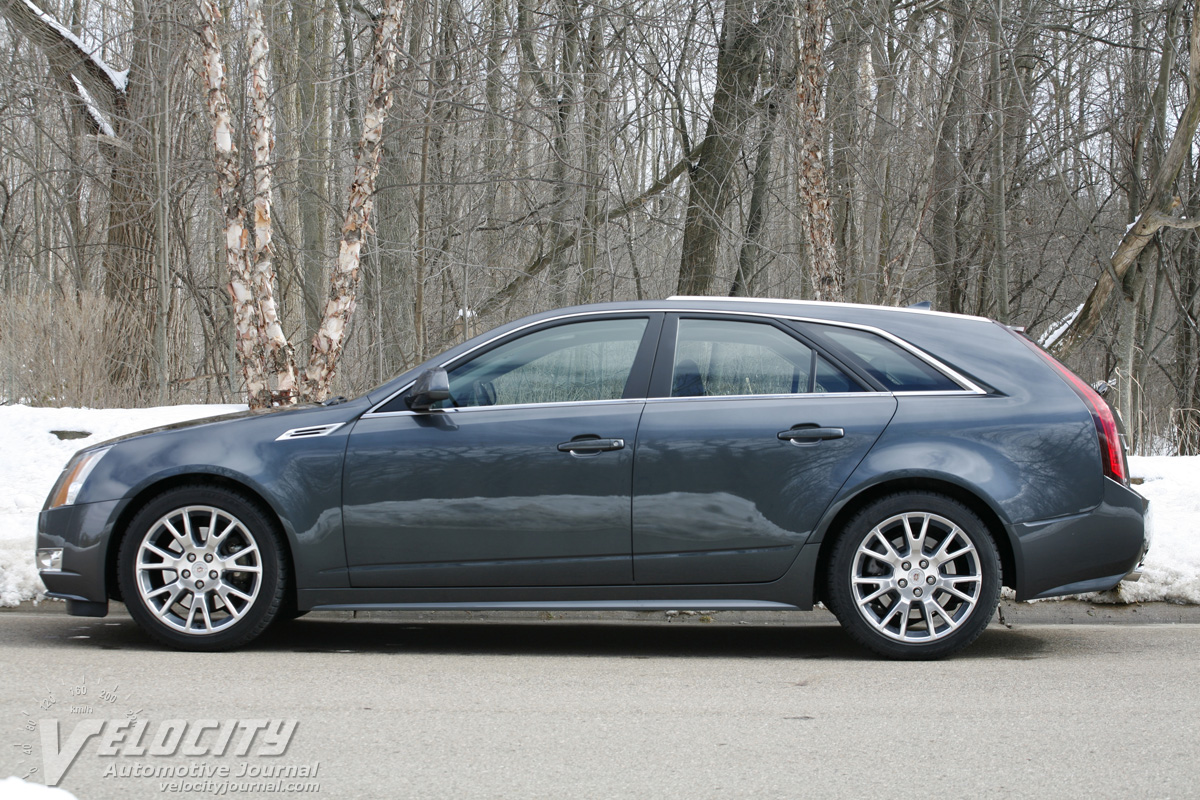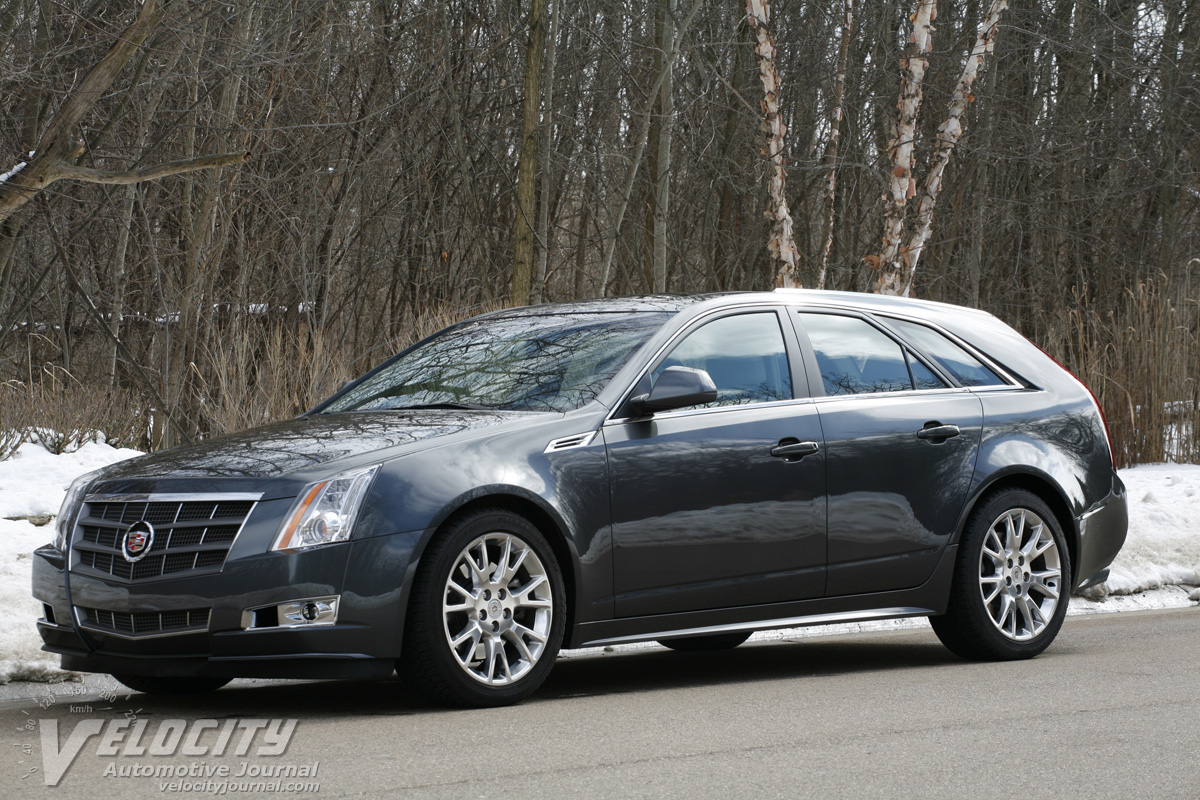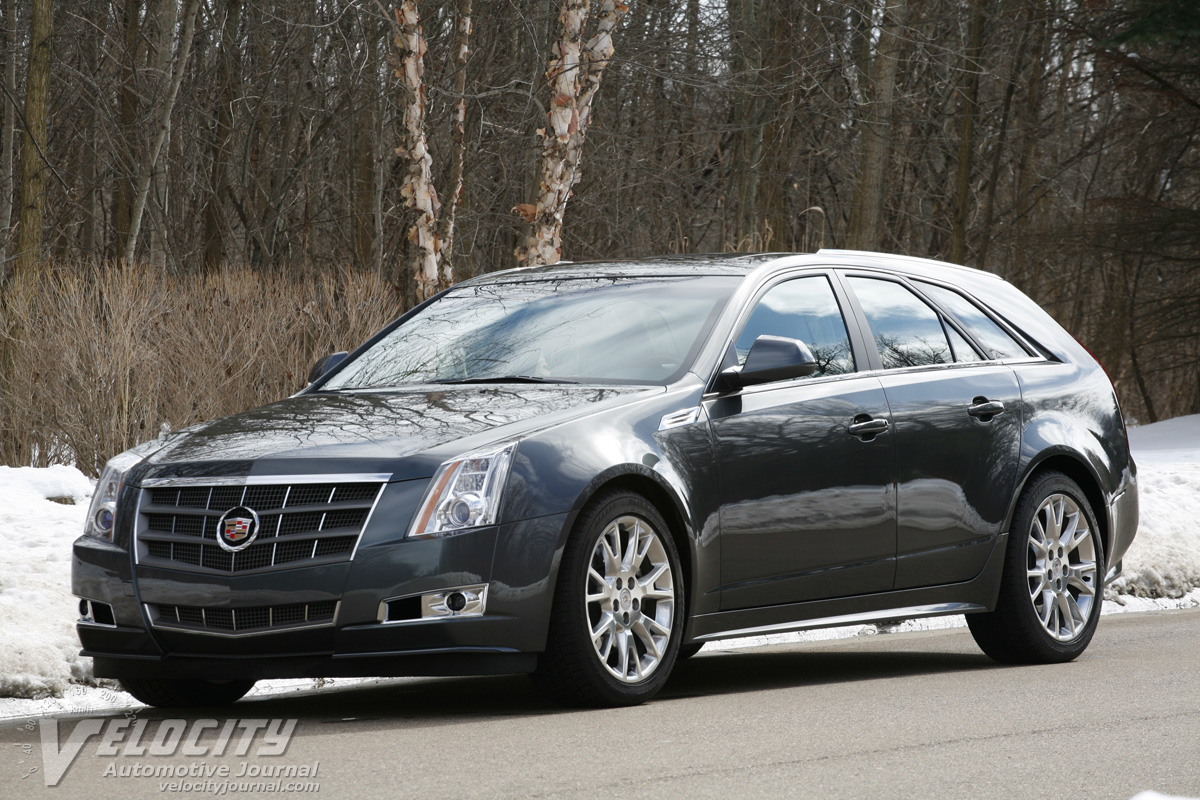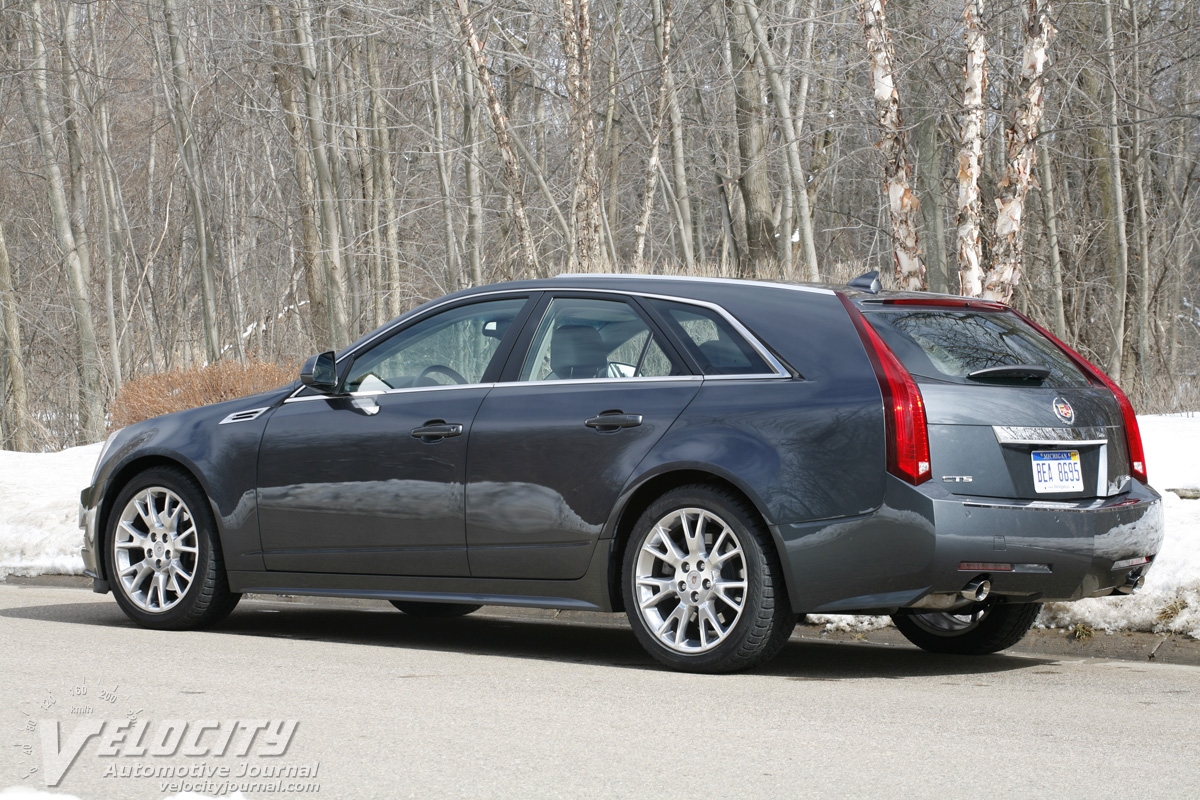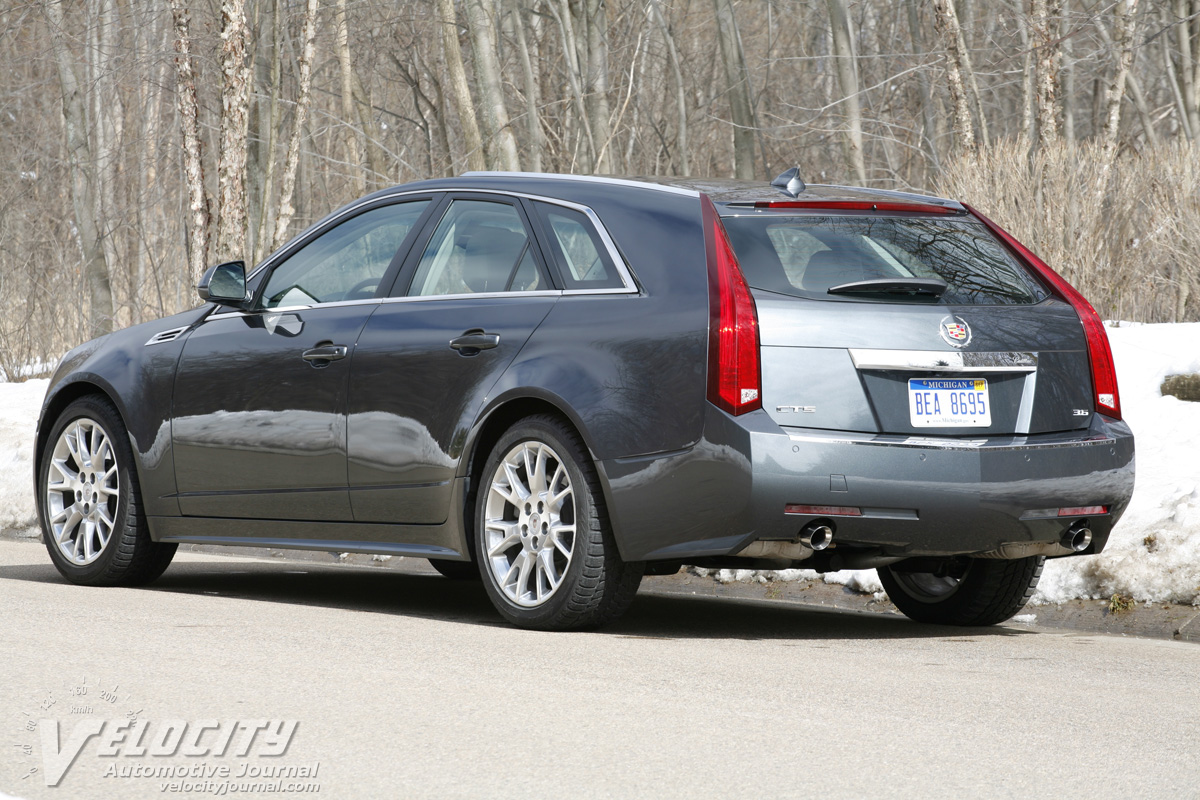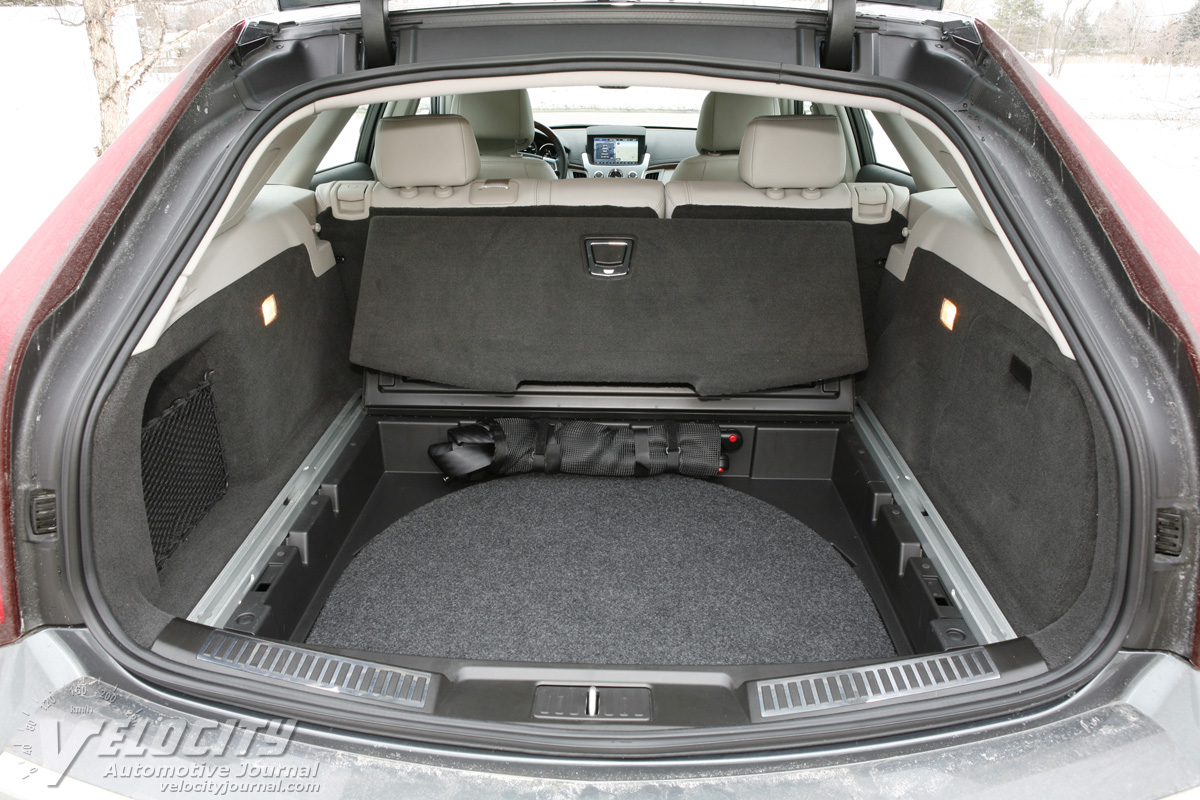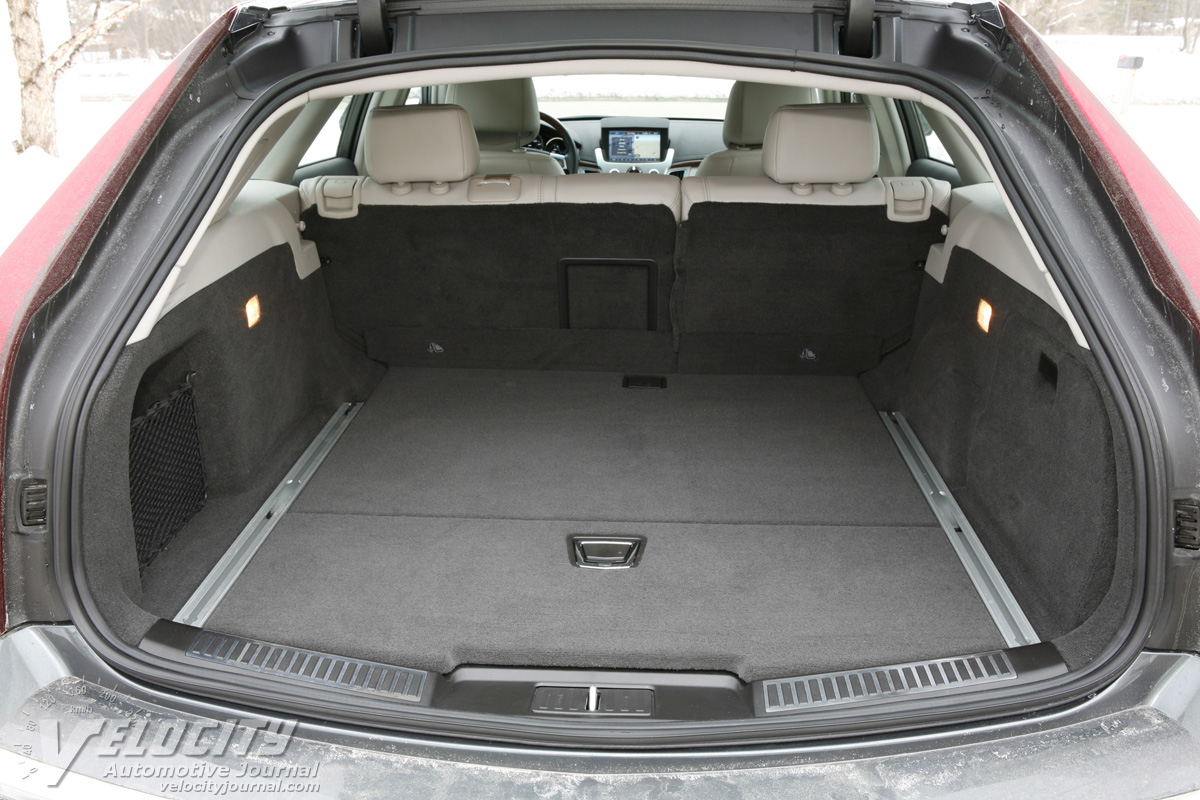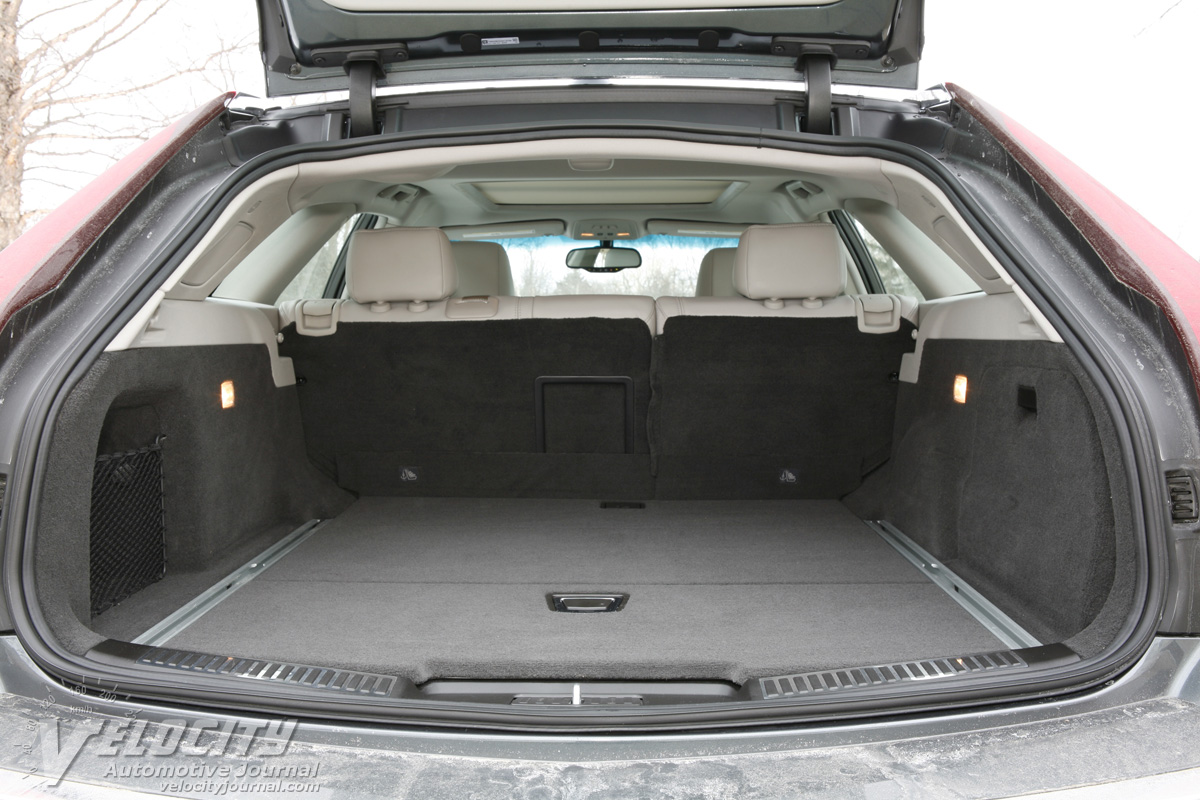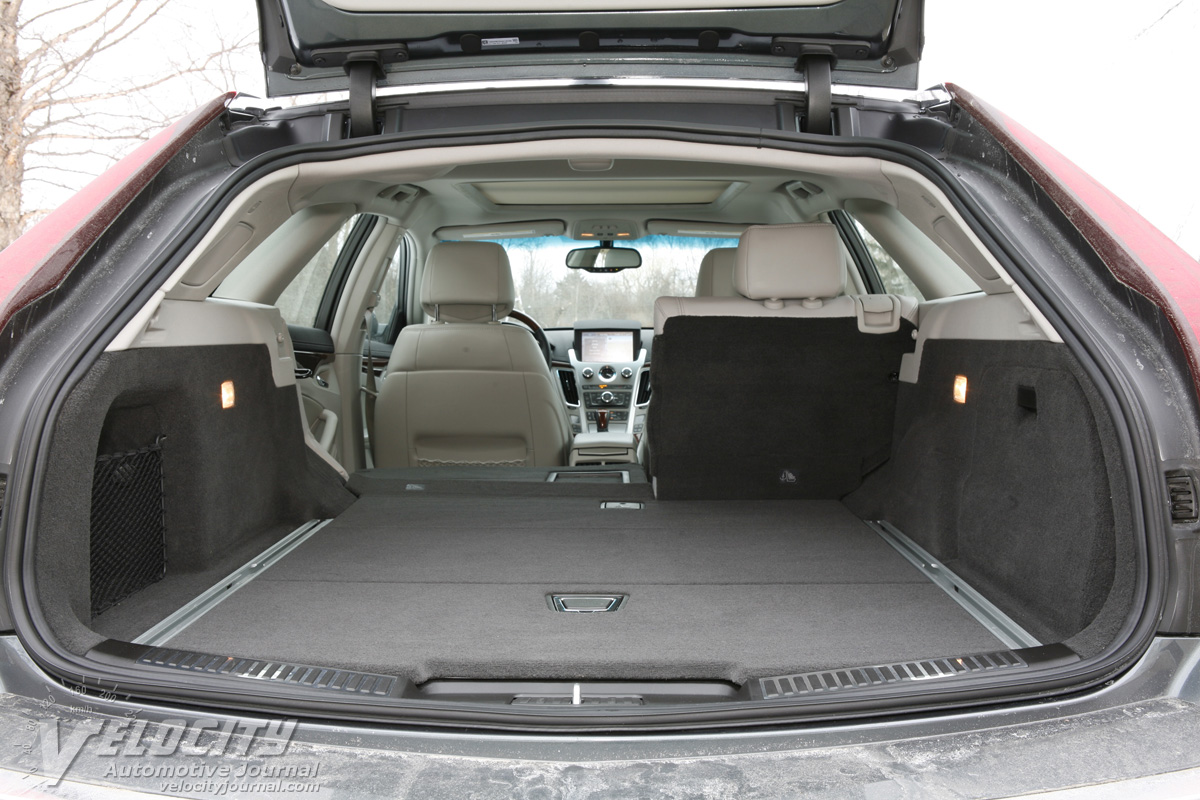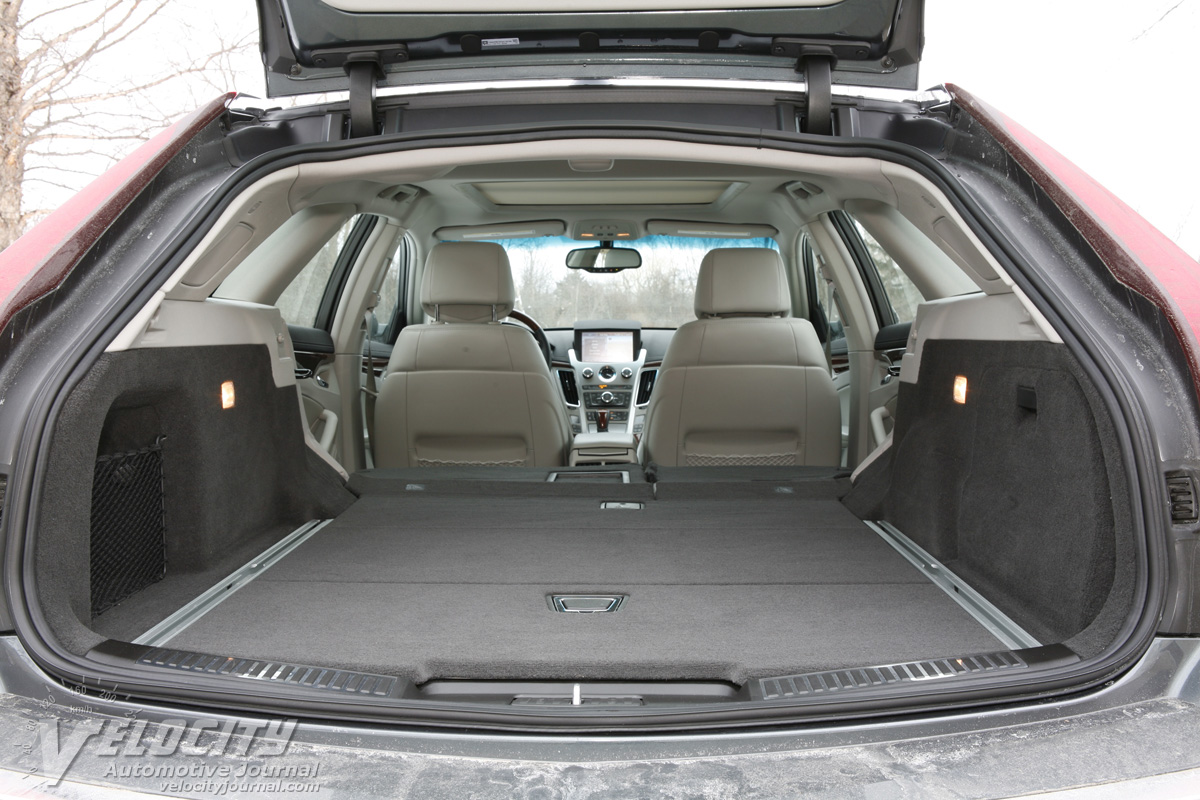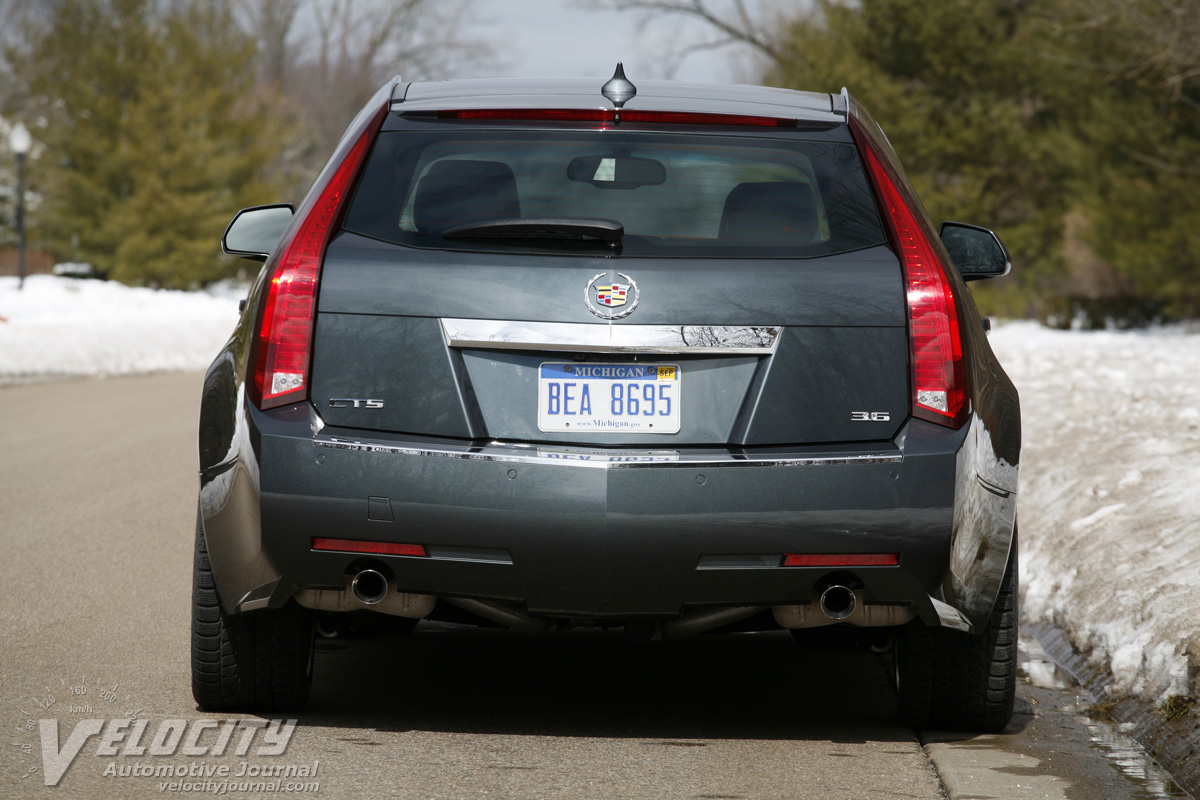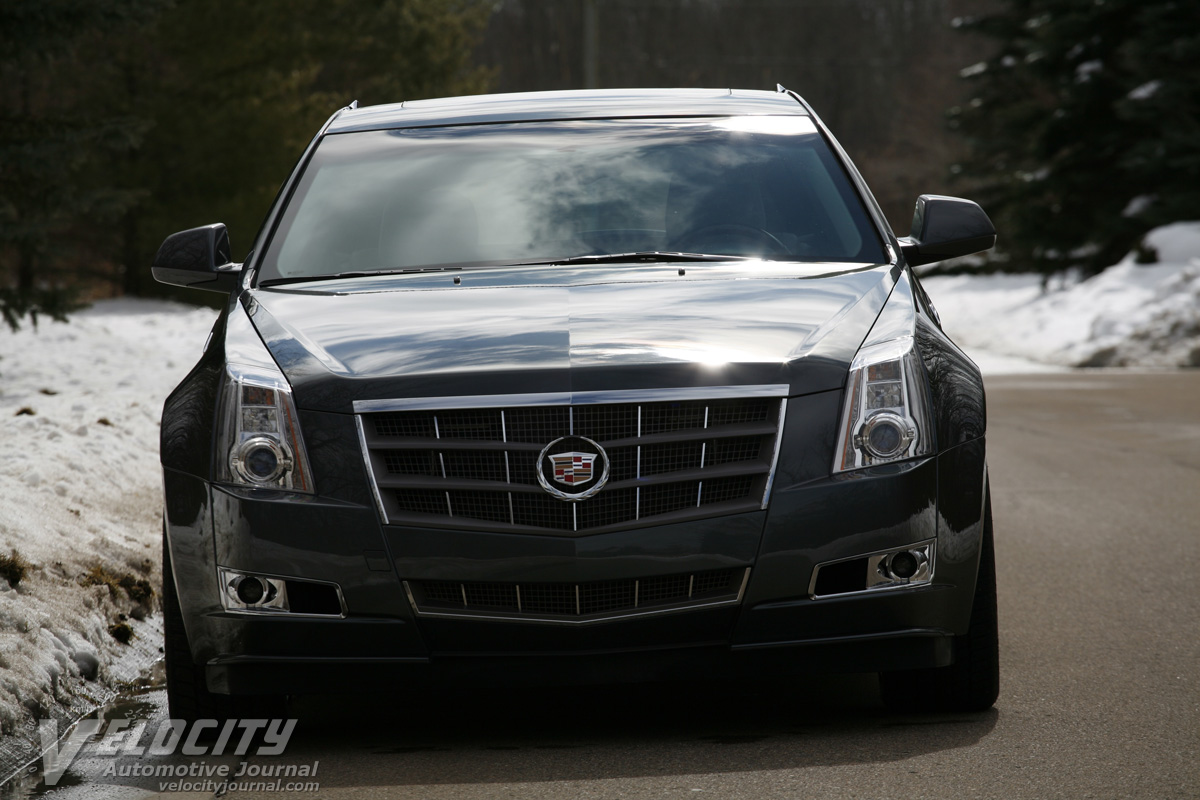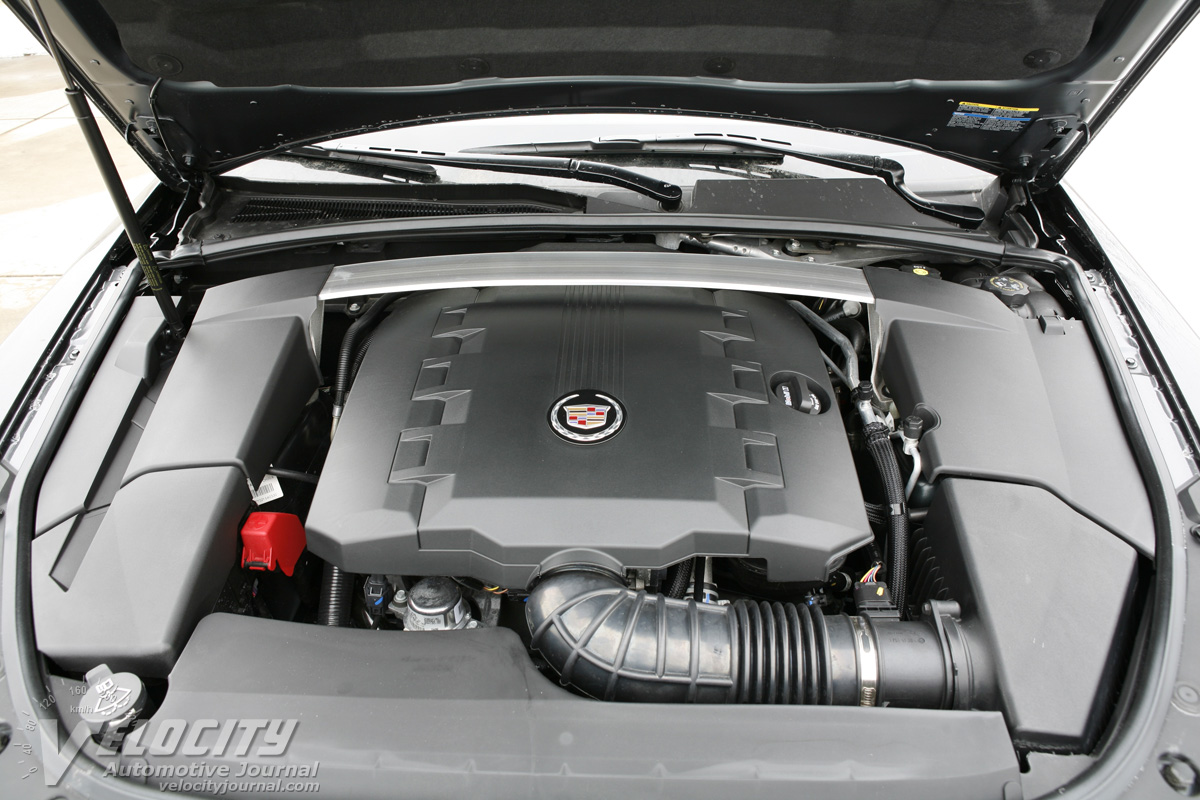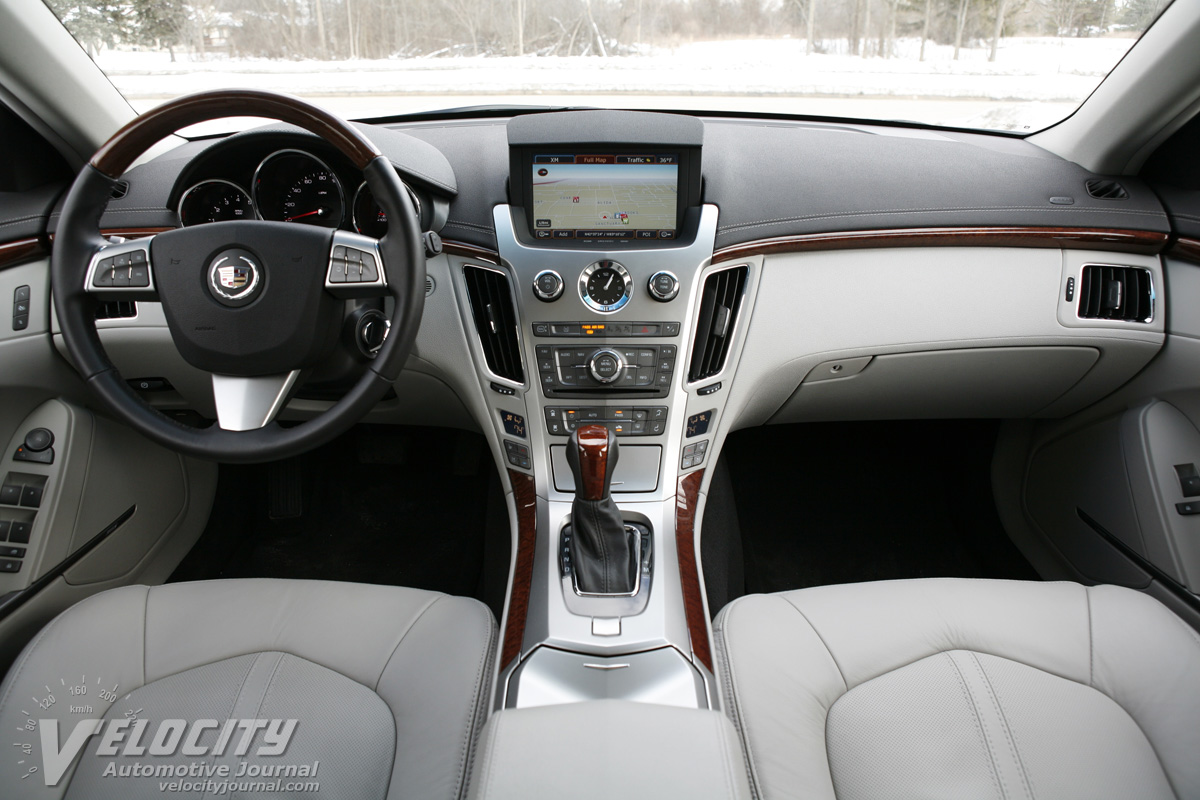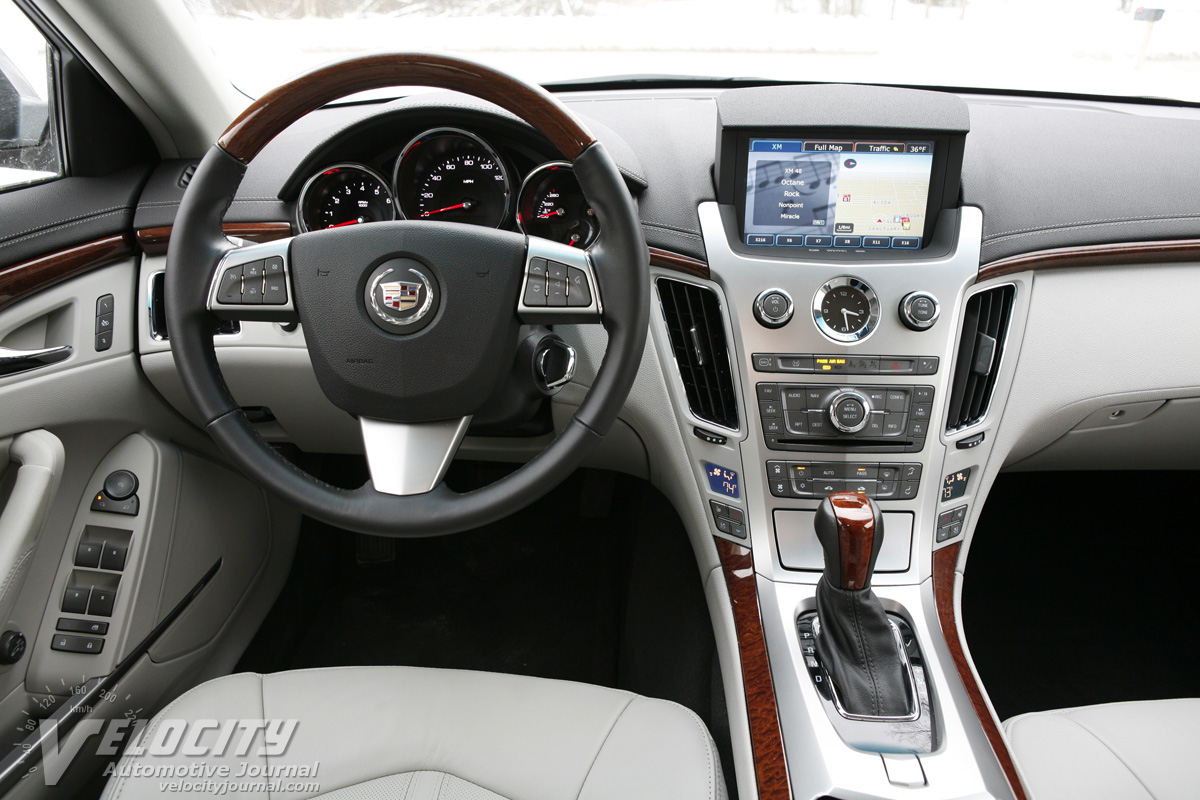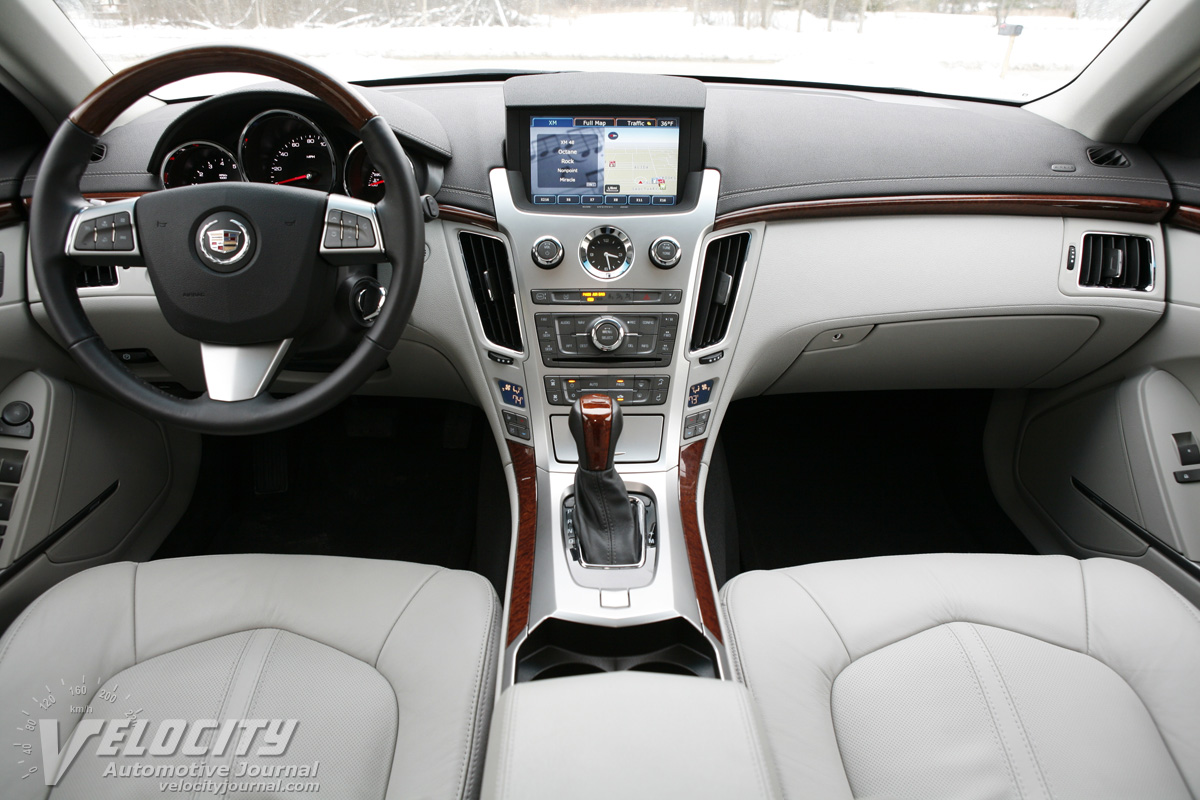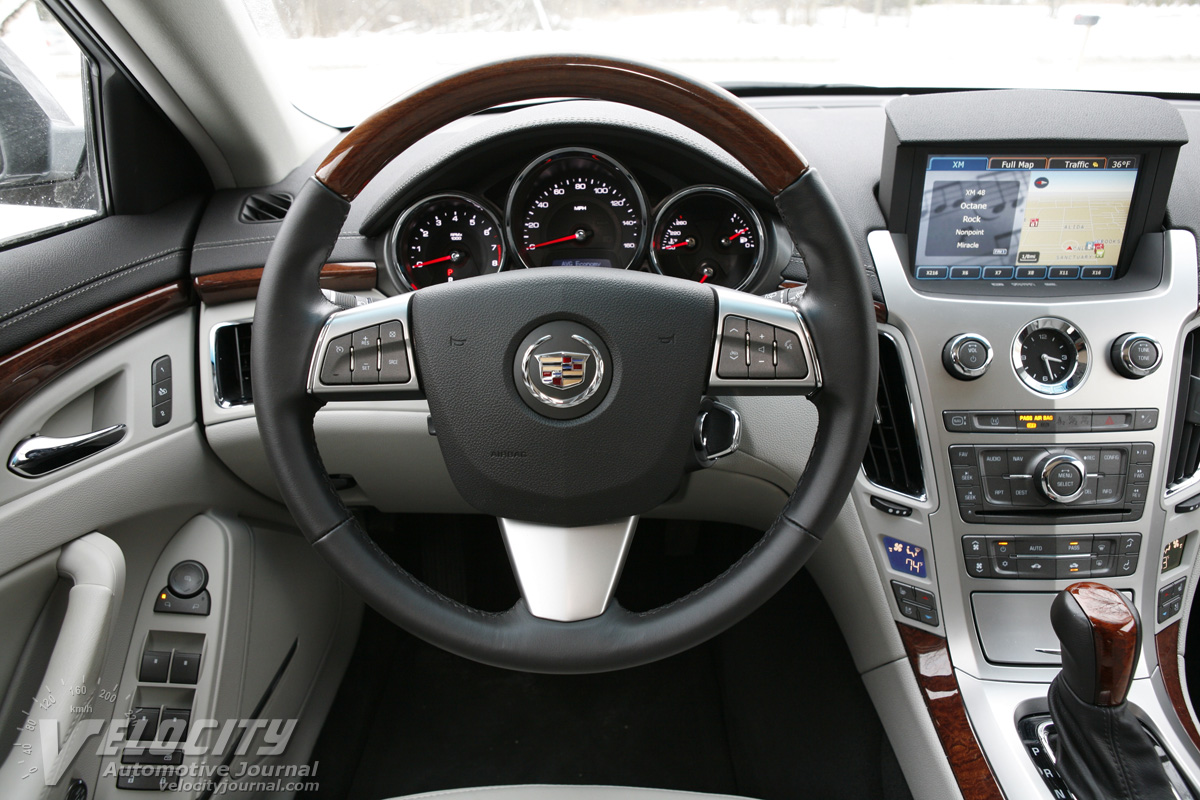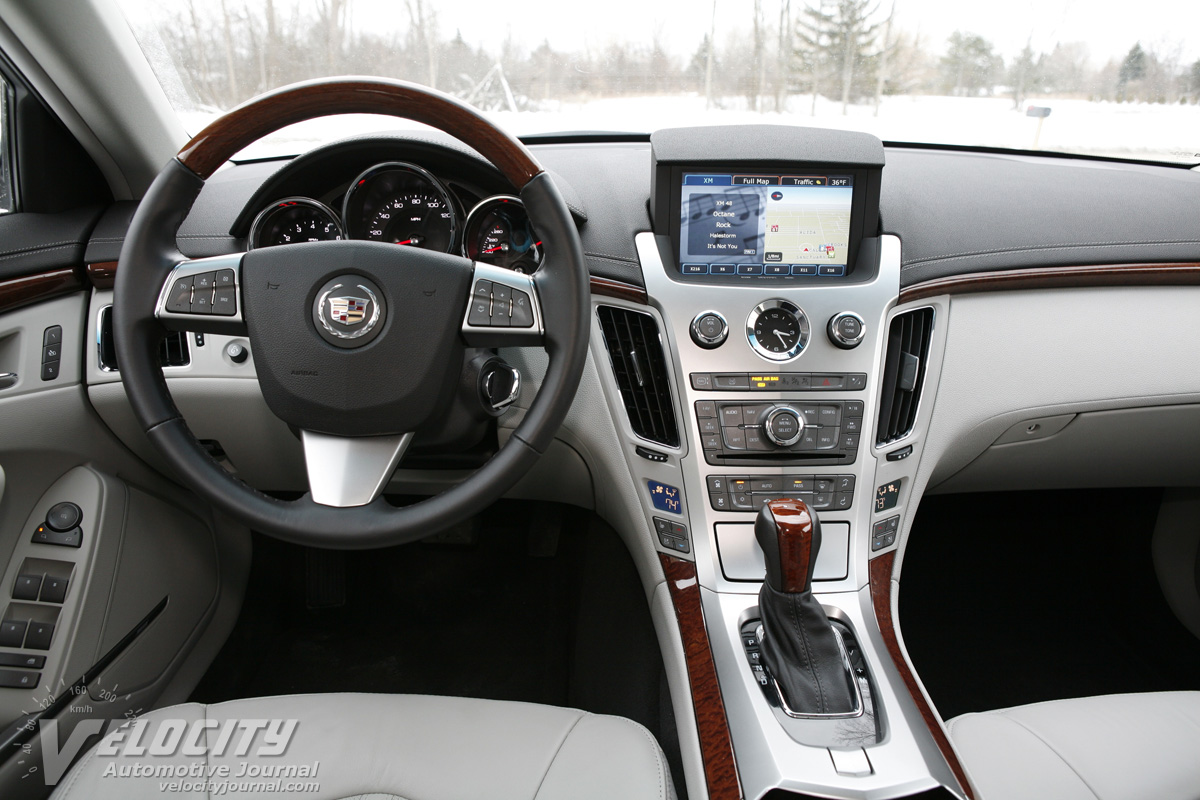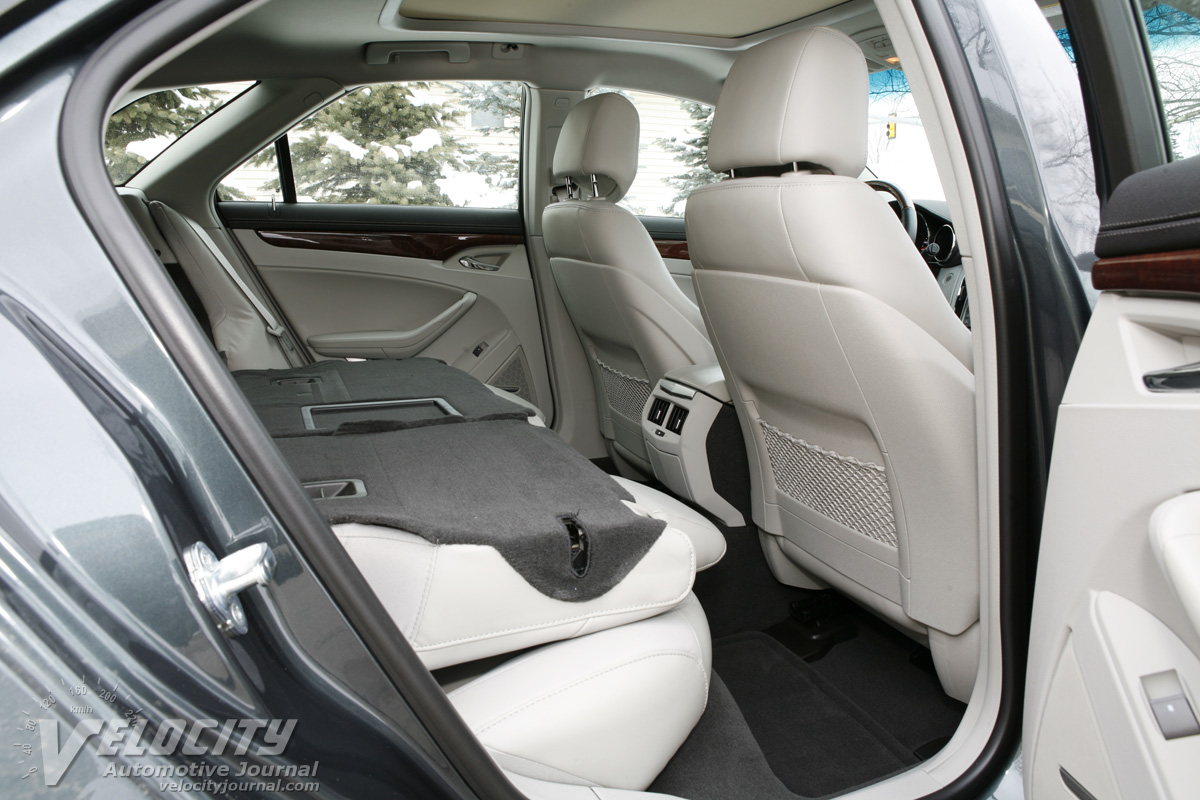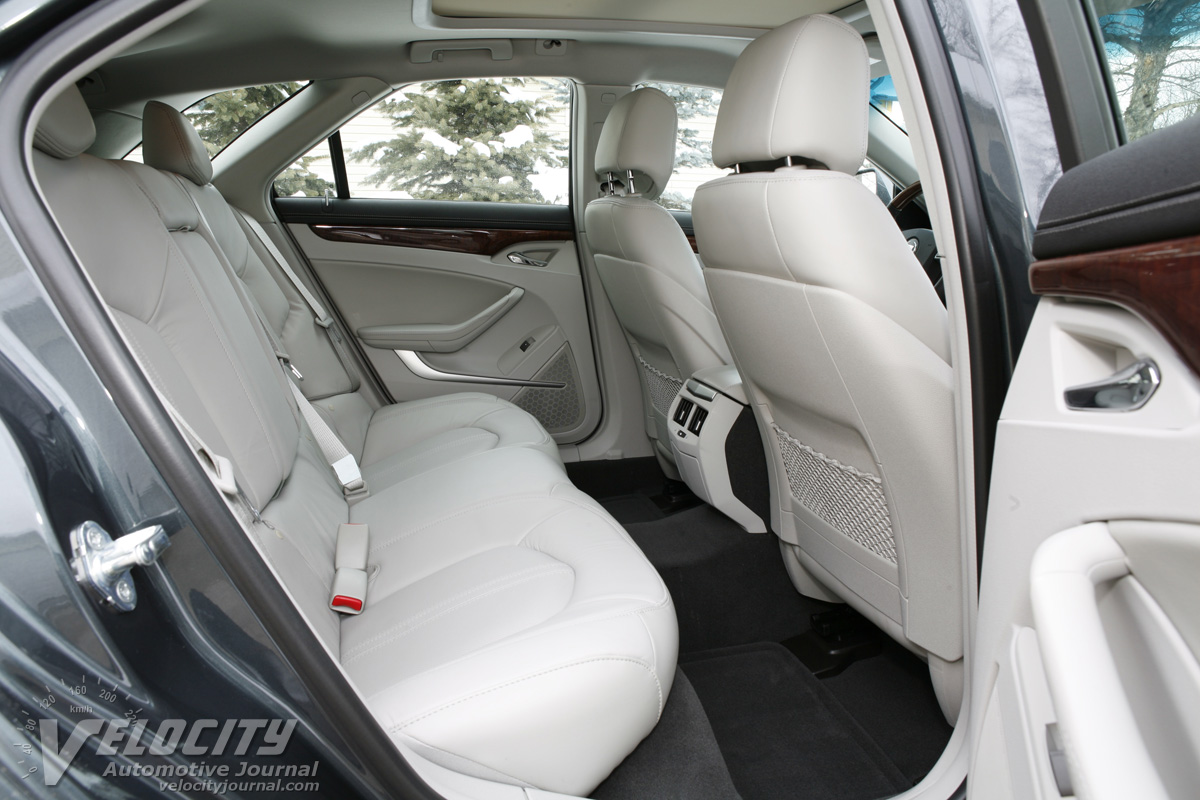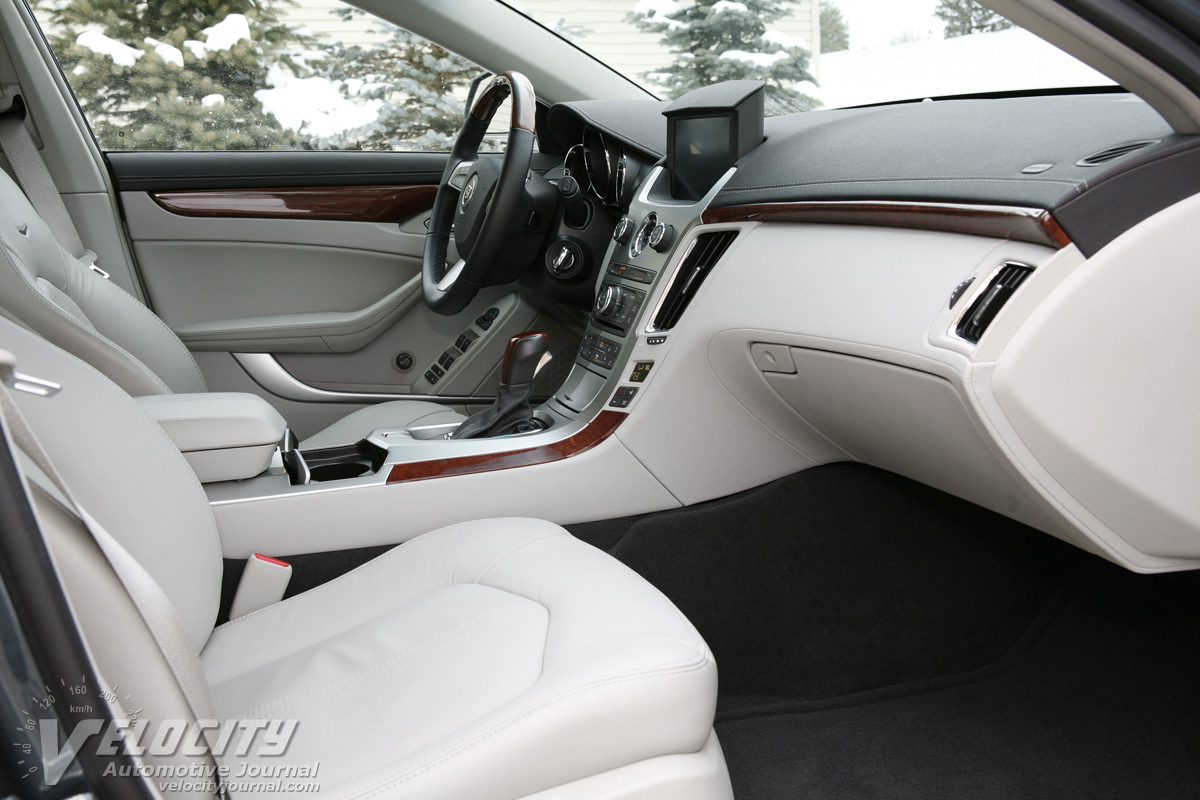2010 Cadillac CTS Sport Wagon
03/03/2010
Shahed Hussain
Americans typically prefer crossover SUVs to wagons, so Cadillac knows that its domestic audience for the CTS Sport Wagon is likely to be miniscule. In Europe, however, wagons are everywhere, as they offer extra cargo capacity without the bulk of an SUV. So while the Sport Wagon may have limited appeal in the US, it is integral for Cadillac's plan to expand market share across the Atlantic, where these family haulers are more commonplace.
Cadillac offers a CTS Sport Wagon in five distinct trim levels, starting at $38,265 for the base model equipped with the 3.0L V-6. At the top of the lineup is CTS Premium ($48,665) loaded with navigation, Ultraview sunroof, keyless start, and the 3.6L V-6. All models are available with all-wheel drive for $1,900 extra. Our test wagon was a CTS Premium equipped with 19-inch summer tires ($2090), which replaces the 18-inch wheels and all-season tires. The Thunder Gray Chromaflair paint was $995 extra. Including the $825 destination charge, the total sticker price came to $52,575. Our preferences would point us toward either of the two CTS Performance models, which are significantly less expensive: $41,565 (3.0L V-6) and $43,365 (3.6L V-6). Performance models get the sport suspension, adaptive front lighting, and limited-slip differential.
Inside this well-equipped CTS, Cadillac crammed the latest luxury and technology features such as heated/cooled seats, hard disk-based MP3 capability, rear park assist, keyless access, rainsense wipers, and a navigation system. Glossy sapele wood veneer covers the upper arc of the steering wheel, thin spears of wood span the dashboard, doors and, shift knob, and center console. Drivers will appreciate the bright electroluminescent gauges for the 160-MPH speedometer and 8,000 RPM tachometer, inset in individual pods. Smaller gauges for fuel, coolant and oil temperature are nestled within another pod to the right of the speedometer. A 3-spoke leather-wrapped steering houses buttons for audio, cruise, and Bluetooth controls.
Since the CTS comes with a standard keyless remote fob, Cadillac substitutes a simulated ignition key. Projecting from the center console are three chrome-rimmed knobs and large pushbuttons for audio and HVAC controls. An analog clock nestles between the audio knobs on the upper center stack. A motorized LCD display pops up to enable the navigation system, or retracts for abbreviated audio system information. Although the LCD touch screen eliminates many buttons, programming the navigation system or accessing some audio settings while driving requires digging into too many menus. Behind the console-mounted shift lever are dual cupholders and a storage bin. Front door pockets can store maps or other small objects. The standard Bose 5.1-channel audio system has 10-speakers plus adjustable DSP soundfield settings. With a CD/DVD player, MP3-capability, 40 GB hard disk, and XM satellite radio, the CTS provides virtually every audio and video source available. In addition, an iPod interface, USB port, and auxiliary audio jack are hidden inside the center console storage compartment.
We tested a CTS Sport Wagon equipped with the optional perforated leather 10-way power adjustable seats (heated and cooled) for the driver and front passenger. With their multitude of settings, including power lumbar adjustment, the supportive front seats should accommodate most drivers. A bulge in the transmission tunnel narrows the front passenger footwell. When equipped with the optional sunroof, headroom in front and rear seats is marginal for 6 ft. tall occupants. Rear seat comfort is above average; despite decent legroom, the short seat cushion limits thigh support for taller occupants. Relative to the CTS sedan, the wagon offers significantly more cargo capacity: 25 cu. ft. behind the rear seats, and 53.4 cu. ft. with the seats folded.
Cadillac replaced the previous base 3.6L V-6 with a new 270-bhp direct-injected 3.0L, but the higher horsepower 3.6L V-6 remains optional. With its linear throttle response and wide powerband, the 3.6L outmuscles the Audi A4 Avant and BMW 328i wagon. With an impressive 304-bhp @ 6,300 RPM, and a maximum torque output of 273 lb.-ft. @ 5,200 RPM, this V-6 is compares favorably to other similar displacement powerplants. As the specifications show, the V-6 becomes stronger in the midrange as it revs to its 7,200 RPM redline. EPA mileage ratings for our test vehicle are 18/26 MPG (city/hwy). Despite its lower displacement, the 3.0L just ekes out one extra MPG improvement in highway fuel consumption.
A 6-speed manual in available in the CTS sedan, but Sport Wagon models only get the Hydra-Matic 6L50 6-speed automatic. This is a silky-shifting transmission seamlessly that nearly always selects the right gear for most driving situations. In normal driving, we left the shifter in "D", but when we wanted to drive a bit harder, we used the console-mounted shift lever to change gears manually.
As is the norm in this class, the suspension is an all-independent layout. The front suspension consists of short/long arms (SLA), dampers, and tubular stabilizer bar. At the rear is a multilink setup with coil springs, dampers, and tubular stabilizer bar. Front and rear brakes are 12.4 in. diameter vented rotors with aluminum calipers (dual piston/front, single piston/rear). ABS, traction control, and StabiliTrak stability control are standard.
Winter snow and ice limited our dry road handling evaluation, but we can confirm that the rear-drive CTS definitely benefits from dedicated winter tires. On gritty packed snow, the CTS exhibited significant oversteer at low speeds, although the Stabilitrak stability control intervened after the rear end stepped out a few degrees. The limited-slip differential, standard on the Performance models would undoubtedly enhance winter traction. Because we drove the CTS Sport Wagon in February, the standard summer tires were replaced with Bridgestone Blizzak winter tires. Without the Blizzaks, the CTS would likely have been marginally drivable on snow. Consider the AWD option mandatory in northern climates, or be prepared to use winter tires as an alternative. On the highway, the standard suspension endows the Sport Wagon with minimal body roll, combined with finely balanced ride comfort and handling. Although the CTS tracks accurately, the numb steering filters out most road textures. Wind and engine noise is minimal, although the aggressive tread on the Blizzaks likely results in greater tire noise than the original fitment summer tires.
In America, the CTS Sport Wagon will undoubtedly be outsold by its sedan counterpart, especially considering that most customers requiring extra cargo room prefer crossover SUVs over traditional wagons. Against the Audi A4 Avant or BMW 328i wagon, the CTS Sport Wagon compares favorably, but neither of these German models are big sellers in the US. So it hardly seems worthwhile for Cadillac to field an entry in this niche market, especially since the SRX crossover will likely appeal to most potential buyers. As part of Cadillac's strategy to penetrate the European luxury market, the CTS Sport Wagon makes sense, but it is unlikely to generate much additional sales in the USA.

